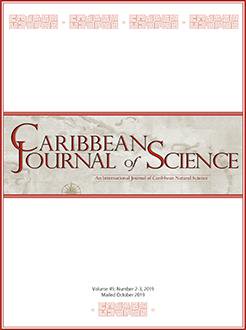This article shows how archaeological and geological data can be used to visualize the ‘invisible’ production of salt through solar evaporation in the archaeological record. Evidence of salt exploitation from natural salt ponds is difficult to obtain using standard archaeological methods, limiting our ability to assess the significance of these practices in the past. Salt, however, was an important and valuable resource in many different cultural contexts. This study follows on previous research of a precolonial site on Middle Caicos, Turks & Caicos Islands, which suggested a relationship between this settlement and the exploitation of salt at the adjacent natural salt pan. Coring techniques were used to visualize and determine the pre-colonial availability of salt at MC-6. Stratigraphic sequences in the salt pond provided a detailed perspective on the pond's dynamic past and confirmed that salt production was possible in precolonial times. The research presented here tested the applicability of phosphorus and chloride values and X-ray diffraction of soil to identify precolonial salt production. Data from the site and the pond suggest that people settled the village as soon as the pond began producing salt, linking the presence of people to the availability and possible exploitation practices of salt.
How to translate text using browser tools
22 October 2019
Soil analysis to identify precolonial salt production in the Turks & Caicos Islands, the Caribbean
Joost Morsink
ACCESS THE FULL ARTICLE

Caribbean Journal of Science
Vol. 49 • No. 2-3
October 2019
Vol. 49 • No. 2-3
October 2019
archaeology
Caribbean
geoarchaeology
Precolonial salt production
salt
Turks & Caicos Islands




